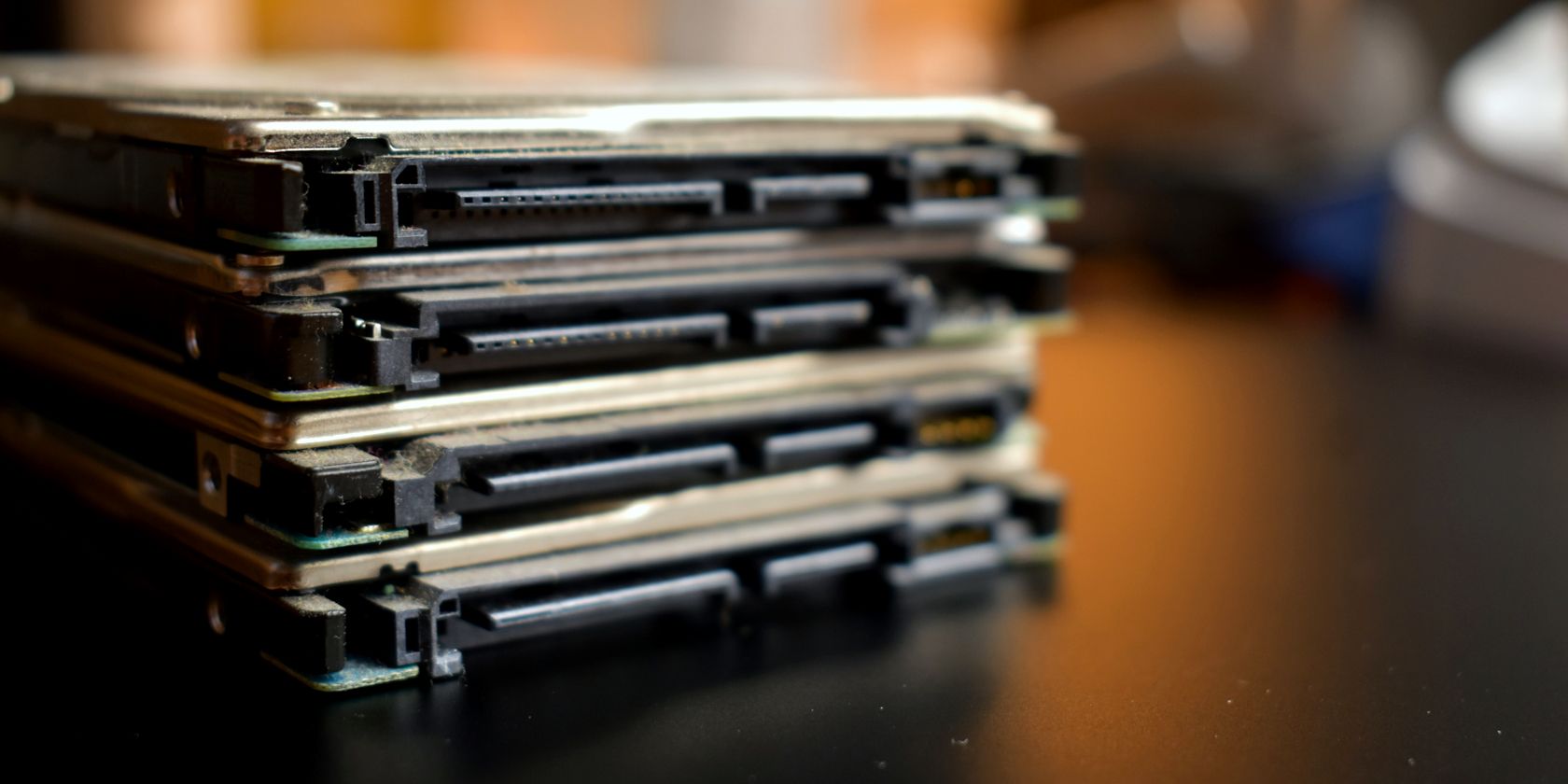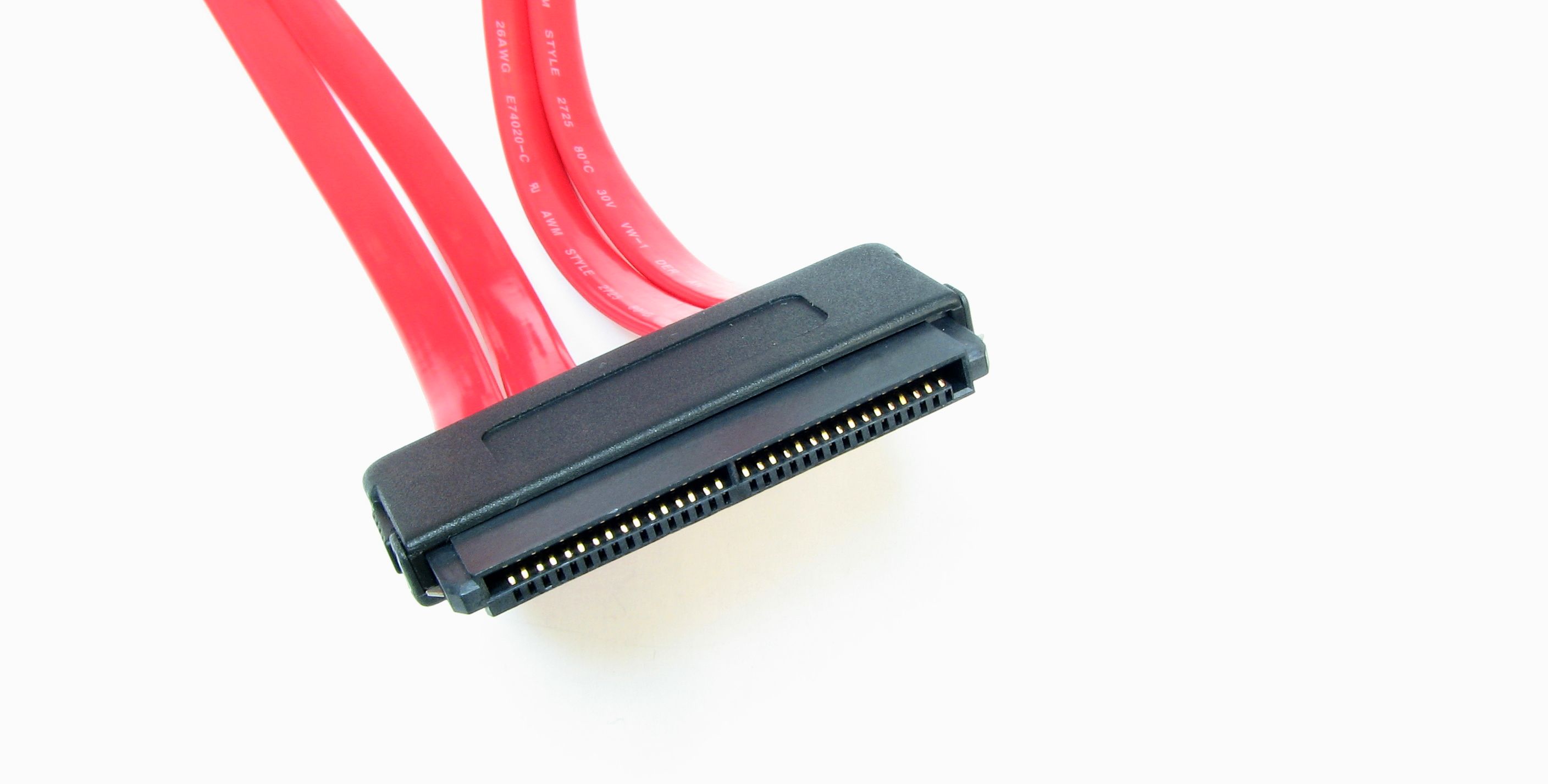Which Storage Device Connection Is Best?
Key Takeaways
- SATA drives prioritize storage capacity, making them inexpensive and easily available for everyday use.
- SAS drives are faster and more reliable than SATA drives, making them a better choice for enterprise-level applications and servers.
- SATA drives are better for adding mass storage to a PC or local NAS, while SAS drives are better for servers and enterprise environments.
Interfaces like SATA and SAS allow motherboards to interface with HDDs and SSDs, allowing them to load operating systems, run programs, and do almost everything computers can.
However, with so many different uses and so much jargon, it’s easy to get lost in terms like “SATA” and “SAS.” What are they? How do they differ? Which one should you choose?
What Is SATA?
The SATA or Serial Advanced Technology Attachment connector uses the standard 15 power pins and seven data pins. SATA drives are more popular as they prioritize storage capacity over speed, resulting in inexpensive and easily available mass storage.
However, just because SATA drives focus on storage capacity doesn’t mean they’re slow. Most consumer-based SATA drives start at 5400 RPM but can go as high as 7200 RPM. While SATA drives aren’t as fast as SAS drives, it is more than enough for most folks to run their computers.
SATA drives are also cheap, hence being the perfect storage solution for most situations, such as running a DIY NAS or taking regular data backups. Even with SSDs taking over, SATA HDDs are still popular for mass storage.
What Is SAS?
SAS stands for Serial Attached Small Computer System Interface. It uses a similar connector to SATA, also using 15 pins for power and seven for data transfer. However, the split in the SATA connector between the power and data transfer pins isn’t as prominent.
SAS drives are faster and more reliable than SATA drives in terms of data transfer. A SATA connector is fast at storing data, but outbound data isn’t transferred at the same speed. SAS remedies this issue by transferring data out as fast as it goes in.
They’re commonly used in enterprise-level applications and servers designed to run 24/7. According to Toshiba, one of the most popular HDD manufacturers in the world, the mean time between failures (MBTF) for SAS drives is between 1.4 to 2.5 million hours of use between 5 and 55 degrees Celsius. In contrast, the MTBF for general-purpose SATA drives is only about 600,000 hours of use at the same temperature. Comparison site Diffen puts this difference at 1.2 to 1.6 million hours of use at 45 degrees Celsius for SAS and 700,000 hours to 1.2 million hours at 25 degrees Celsius for SATA drives.
They consume more power, though, and it’s common practice to have a SAS drive load up the OS on a server and use SATA drives for storage. This is also done because SAS drives focus more on data transfer speeds than storage, meaning SAS drives over 500GB can be quite expensive.
SATA vs. SAS: What’s the Difference?
SATA and SAS drives have pros and cons, so here’s a handy table to compare the two.
|
SATA |
SAS |
|
|---|---|---|
|
Connector type |
15-pin power, 7-pin data (split connector) |
15-pin power, 7-pin data (merged connector) |
|
Speed |
5400 to 7200 RPM, data transfers up to 6Gb/s |
7200 to 15000 RPM, data transfers up to 12Gb/s (with dual-port SAS) |
|
Reliability |
700,000 to 1.2 million hours at 25°C, may fail during or after prolonged use |
1.2 million to 1.6 million hours at 45°C, designed to be used 24/7 |
|
Price |
1TB drives start at ~ $25 |
Relatively more expensive. 1TB drives start at $35-$40. |
|
Use Cases |
Consumer PCs, laptops, and storage solutions |
Enterprise environments such as servers and data centers. |
Of course, there are several other connection types, especially if you’re talking about consumer PC use. SATA, compared to NVMe and M.2, falls short regarding reliability and speed. Even PCIe SSDs can be a good alternative compared to SATA.
Should You Use SATA or SAS?
As you can probably guess, both technologies have specific uses. If you want to add mass storage to your PC or local NAS, SATA is a better option overall. Not only do you get plenty of storage for relatively less cost, but you also get decent data transfer speeds in case you’re moving data over to your internal HDD or over the network to a NAS.
However, if you’re looking for storage for a server, processing-intense workstation, data center, or any other enterprise environment, SAS is the better choice. You get faster, more reliable storage designed to run constantly without failure. That said, it does come at a slight premium: cost. A 1TB SAS drive can be significantly more expensive than a 1TB SATA drive owing to the latter’s popularity. The exact cost can vary from manufacturer to manufacturer, but SAS drives are the more expensive option in most cases.
Overall, the choice comes down to what you’ll be using your drive for. If you just want to chuck it in your computer to act as mass storage, you’re better off with SATA. However, if you’re looking to upgrade storage on a server or need the drive to be constantly active, SAS is the way to go.


